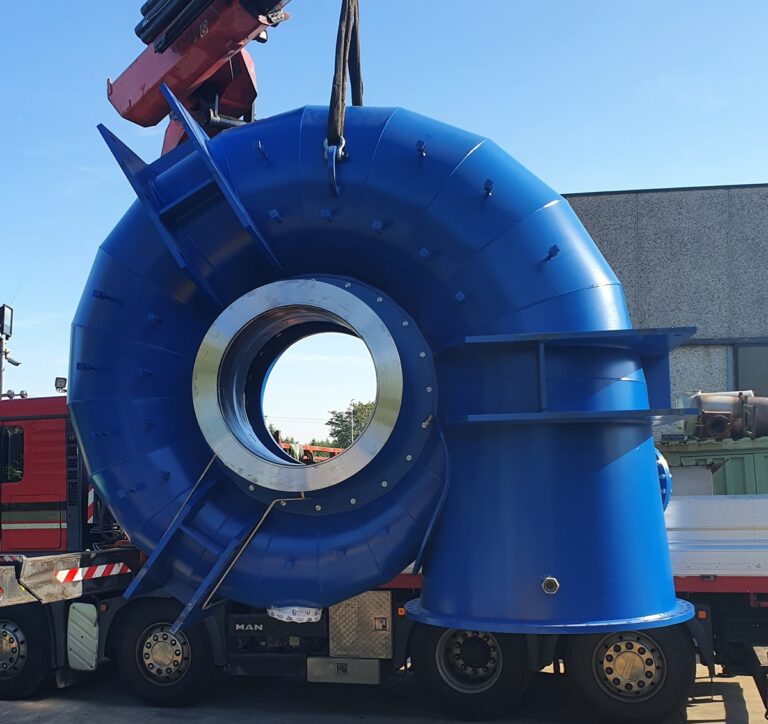Breathing clean air is crucial to our health and the environment’s well-being. But with rising industrialization and urbanization, our air is under constant assault from pollutants. The key to combating this lies in our ability to measure air quality effectively.
By tracking the presence and concentration of harmful pollutants, we can identify sources of pollution, devise control strategies, and influence policies that prioritize clean air.
This safeguards our health, boosts the economy, and helps preserve our planet for future generations. Let’s dive deeper to understand the intricacies of measuring air quality.
Table of Contents
How to measure air quality
The following are 5 ways to measure air quality.
1. Fixed automated monitoring stations
Fixed automated monitoring stations serve as our first line of defense in combating air pollution. Strategically placed in locations of high pollutant exposure, these large, government-sanctioned stations meticulously track the presence and concentration of harmful pollutants. They adhere to the World Health Organization’s guidelines, ensuring that the major health-impacting pollutants aren’t overlooked.
The data from these stations, raw and often overwhelming, is simplified into an Air Quality Index (AQI). This easily comprehensible metric is publicly accessible on government websites, providing everyone with real-time insights into their local air quality.
2. Mobile monitoring instrumentation
The fight against air pollution doesn’t stop at stationary points. Equipped with cutting-edge instruments, moving vehicles like trucks and airplanes become mobile monitoring stations. They bring air quality data from areas beyond the reach of fixed stations. This dynamic approach allows us to monitor air quality in rural communities and other regions that may lack access to automated monitoring stations.
Like their fixed counterparts, mobile monitoring systems offer high precision when deployed and handled correctly. However, they share similar challenges as well. Despite being a cost-effective solution, they are still quite expensive to operate and require intensive maintenance. Additionally, these systems have the unique challenge of needing to account for their carrier vehicles’ emissions to avoid skewing the data.
Airplane-based monitoring systems face their own set of issues. The data transmission is only near real-time, and the resolution is often lower compared to other methods. Despite these drawbacks, mobile monitoring provides a necessary flexibility in our quest to understand and combat air pollution.
3. Passive collectors
When surveying air quality over specific periods, passive collectors come into play. They are compact, easy-to-carry devices, offering a snapshot of baseline pollution concentrations over durations ranging from eight hours to a month.
The strengths of passive collectors lie in their independence from power supply, cost-effectiveness, and capability to assess a designated area one time. However, their limitations cannot be overlooked; they provide only mean value data for the tested period, offering no detailed breakdown of temporal changes. Despite this, their efficiency and portability make them handy in the air quality monitoring toolkit.
4. Satellites
Stepping beyond our planet, satellites are valuable allies in forecasting air quality issues on a global scale. As part of an international collaboration, NASA, the European Space Agency, and South Korea use space-based instruments to monitor our atmosphere. One noteworthy example is the ESA’s Sentinel-5P satellite, which is specially designed to measure trace gases and aerosols in the troposphere, elements that directly affect air quality and climate.
Satellite monitoring boasts numerous advantages, including universal coverage and the availability of technical data at no cost. For instance, Sentinel-5P charts the entire globe daily, contributing to the Copernicus Atmosphere Monitoring Service (CAMS). CAMS delivers comprehensive data on global air pollution, health, solar energy, greenhouse gases, and global climate effects.
Read also: Heat waves in cities, in which way they worsen air pollution
5. Air quality sensors
Modern technology brings us air quality sensors, compact and cost-effective devices that track air pollution. Companies like Breeze Technologies offer these handy tools, which can be placed indoors and outdoors, focusing on the often overlooked issue of indoor air pollution, which can reach levels 2 to 10 times higher than outside.
These sensors leverage smart and cloud technologies, allowing us to monitor pollutant levels on any wifi-enabled device, anywhere, anytime. As such, they bridge the gap in air pollution measurement left by conventional, larger monitoring systems. Their scalability and versatility make it feasible to establish networks in a wide range of settings, from offices and factories to entire cities.
The key advantages of air quality sensors include their affordability and compact size, enabling widespread deployment to boost temporal and spatial resolution. However, there are potential drawbacks, including inaccuracy due to issues like drift and aging. These issues can be mitigated with regular calibration and automated checks for plausibility.
Understanding air quality is crucial for our health and our planet’s well-being
Measuring air quality is a science that has advanced with technology and the realization of its importance in our daily lives. Each method has advantages and considerations, from fixed automated monitoring stations and mobile instrumentation to passive collectors, satellites, and sensors.
Continuous technological advancements will give us even more precise, affordable, and comprehensive ways to monitor air quality. Let’s use these tools effectively to make informed decisions for a cleaner, healthier future.
Read also: Clean, unlimited and uninterrupted energy from the air: it is now reality












